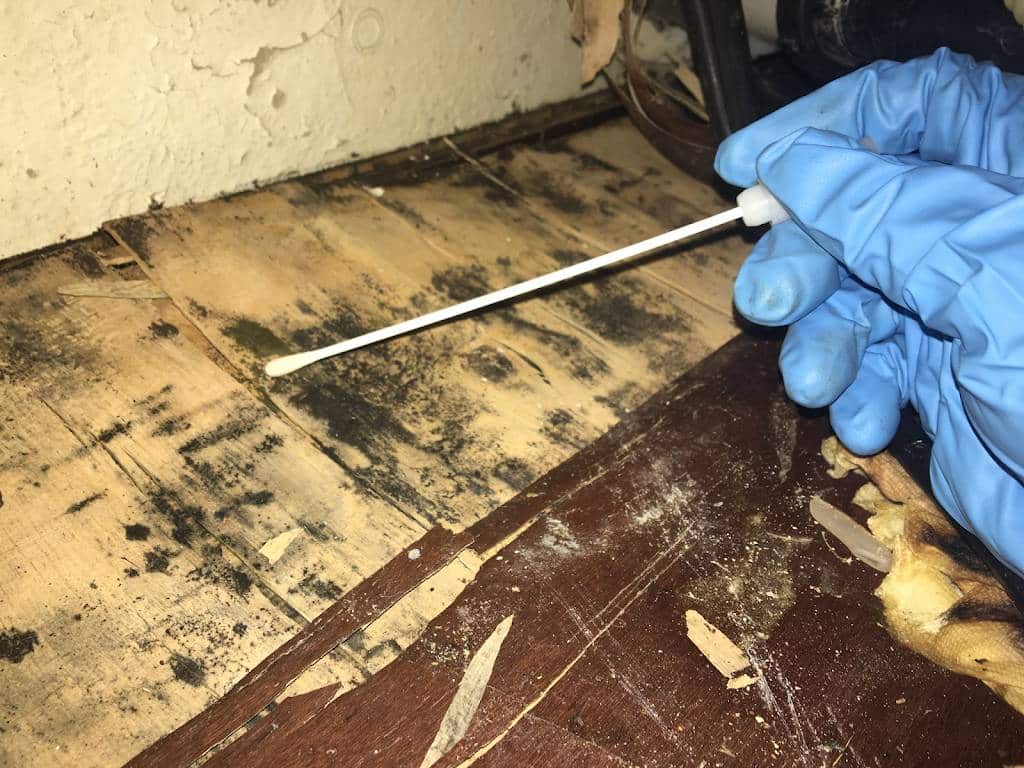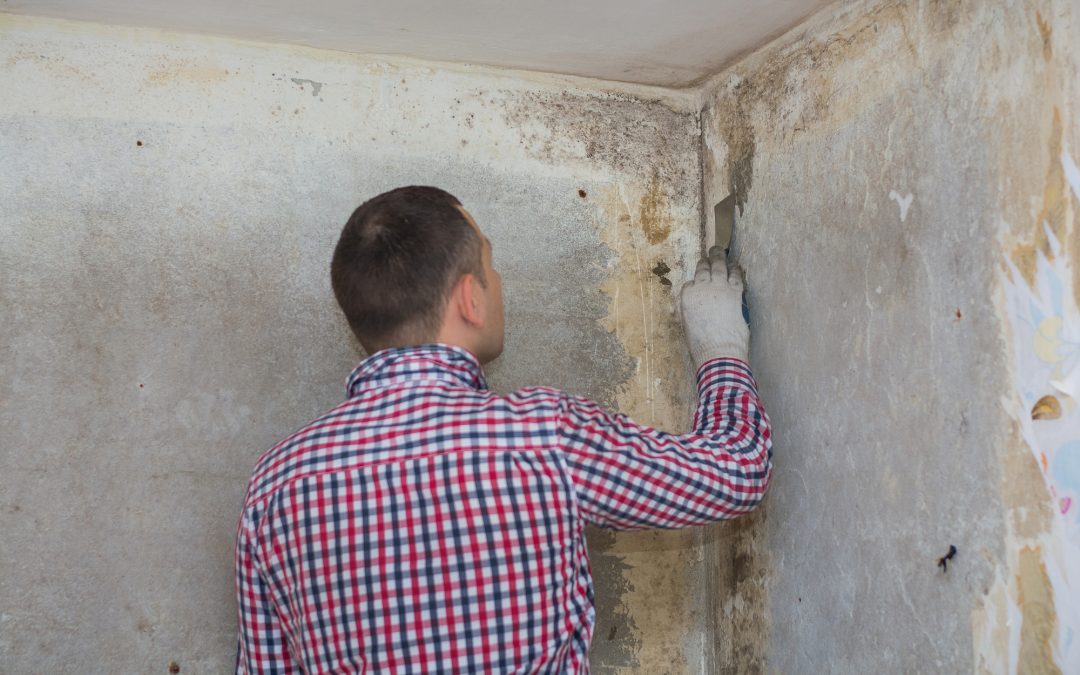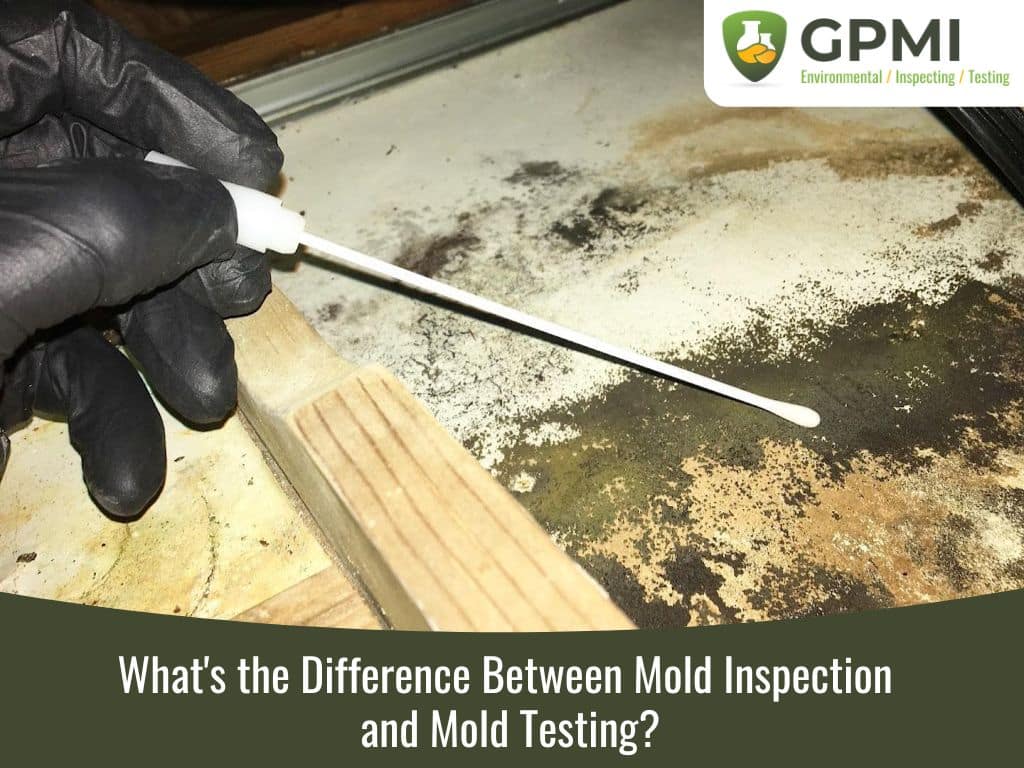Crafting an In-depth Post Mold Remediation Report
Crafting an In-depth Post Mold Remediation Report
Blog Article
Your Ultimate Overview to Post Mold Remediation Methods
Browsing the realm of post-mold removal techniques is a meticulous procedure that demands interest to information and a comprehensive understanding of the ins and outs included. In the aftermath of mold invasion, knowing exactly how to properly get rid of the mold and prevent its reoccurrence is critical for preserving a healthy and balanced interior atmosphere. From choosing the appropriate cleansing and disinfecting approaches to executing methods for long-term mold and mildew prevention, each step in the remediation journey plays a crucial function in guaranteeing a successful result. As we start this exploration of post-mold remediation strategies, we will certainly uncover the crucial strategies and finest techniques that can help you restore your room to its pre-mold condition and safeguard it versus future mold threats.
Recognizing Post-Mold Removal Process
After completing the mold remediation procedure, it is essential to understand the post-mold remediation strategies that are required to ensure a comprehensive and reliable cleanup. When the mold and mildew has been removed, the following step entails cleansing and decontaminating the impacted areas to avoid any type of regrowth of mold and mildew. This consists of utilizing specialized cleansing representatives to clean down surfaces and eliminate any type of staying mold and mildew spores. It is necessary to dry out the location entirely to inhibit the growth of mold and mildew in the future (testing air quality after mold remediation). Proper air flow and dehumidification can help in this process.
In addition, carrying out a final evaluation post-remediation is essential to guarantee that all mold and mildew has been efficiently gotten rid of. If the assessment exposes any type of sticking around mold and mildew, extra removal might be essential.
Efficient Cleaning and Decontaminating Techniques

Stopping Future Mold Development

Relevance of Appropriate Air Flow
Correct air flow plays a crucial role in preventing wetness accumulation, a key variable in mold growth within interior atmospheres. Reliable ventilation systems help eliminate excess moisture from the air, decreasing the chances of mold and mildew spores locating the wetness they require to sprout and spread out. Without appropriate air flow, indoor rooms can end up being a breeding place for mold, leading to potential wellness dangers and architectural damage.
By making certain correct air flow, air flow systems can also aid in drying out wet locations faster after water damages or flooding cases, further deterring mold and mildew growth. After mold remediation. In areas like restrooms, attic rooms, basements, and kitchens where wetness levels often tend to be higher, setting up and maintaining efficient air flow systems is important in avoiding mold and mildew infestations

Monitoring and Maintenance Tips
Offered the essential duty that proper ventilation plays in preventing mold development, it is vital to develop reliable tracking and maintenance tips to ensure the continued capability of ventilation systems. Routine evaluations of ventilation systems should be performed to look for any type of indicators of clogs, leakages, or breakdowns that could hamper correct check my blog air flow. Monitoring humidity levels within the building is additionally crucial, as high humidity can add to mold growth. Setting up a hygrometer can assist track moisture degrees and sharp home owners to any type of spikes that might call for attention. In addition, ensuring that air filters are routinely cleaned or changed is crucial for keeping the efficiency of the air flow system. Implementing a timetable for routine upkeep tasks, such as duct cleaning and HVAC system evaluations, can aid prevent problems before they rise. By remaining aggressive and alert to the condition of air flow systems, homeowner can efficiently reduce the threat of mold and mildew regrowth and maintain a healthy and balanced indoor setting.
Final Thought
Finally, post-mold remediation strategies are necessary for guaranteeing a safe and clean setting. Recognizing the procedure, applying effective cleansing and sanitizing techniques, preventing future mold and mildew development, keeping correct air flow, and regular tracking are all important action in the removal process. By following these standards, you can efficiently eliminate mold and mildew and avoid its return, advertising a healthy living or functioning space for all passengers.
In the results of mold and mildew infestation, understanding how to properly get rid of the mold and mildew and stop its reoccurrence is vital for preserving a healthy and balanced indoor setting. As soon as the mold has been removed, the following action entails cleansing and decontaminating the impacted areas to prevent any type of regrowth of mold - Post this Mold Remediation Report. After eliminating noticeable mold development, it is critical to clean up all surface areas in the damaged area to eliminate any type of continuing to be mold spores. To further enhance mold and mildew avoidance steps, it is necessary to attend to underlying concerns that initially led to mold and mildew development.Offered the crucial duty that correct ventilation plays in avoiding mold and mildew growth, it is critical to establish effective tracking and maintenance pointers to ensure the continued functionality of ventilation systems
Report this page